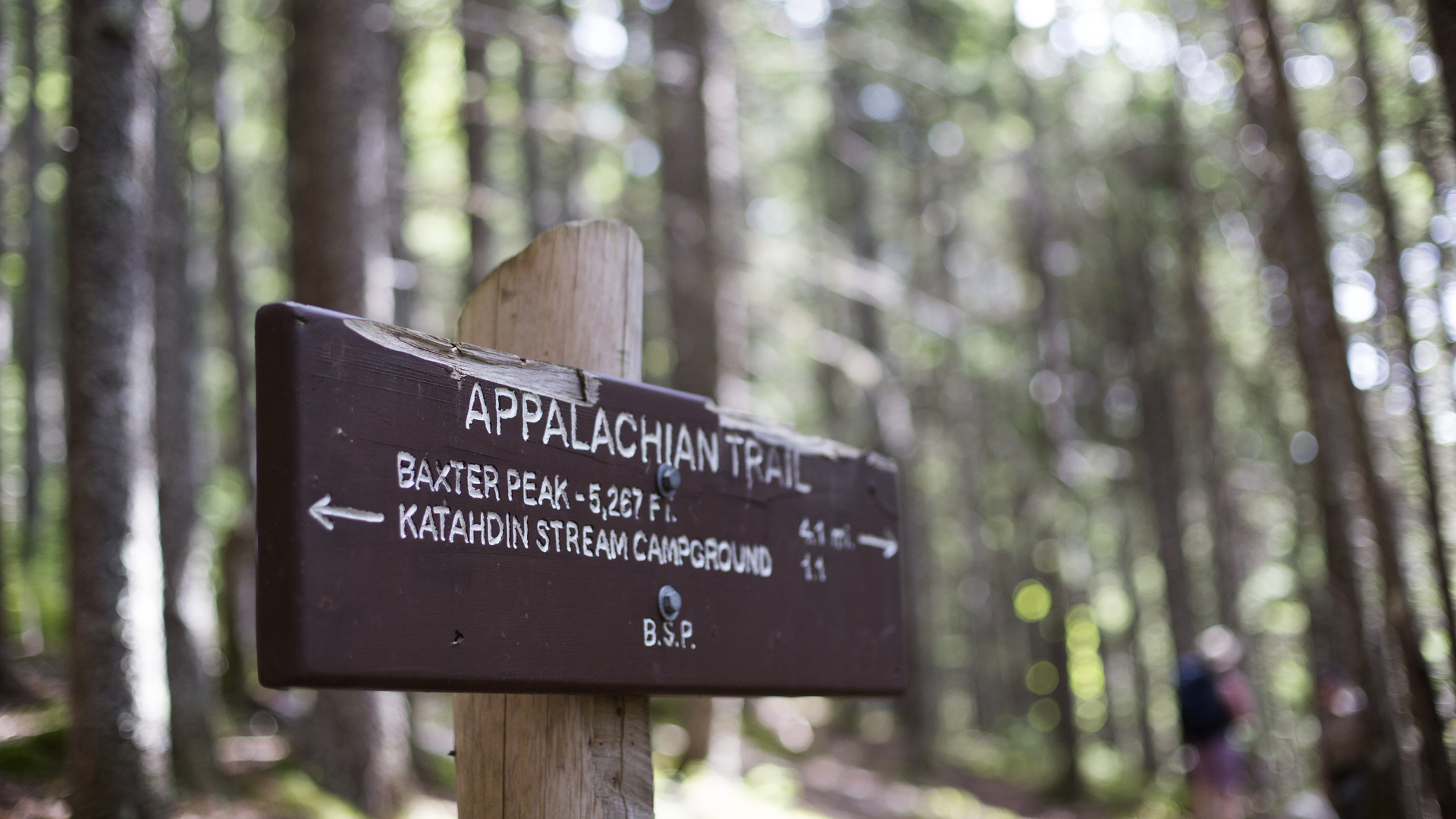"We ask for patience" – Appalachian Trail thru-hikers derailed by Hurricane Helene
Hikers who suspend or detour their hikes will still be considered thru-hikers

Thru-hikers nearing the end of their 2,200-mile journey on the Appalachian Trail may have to alter their route or even suspend their efforts due to severe damage caused to the iconic trail by Hurricane Helene.
The September hurricane was the deadliest to strike the US since 2017 and caused extreme damage and devastating floods in the southern Appalachian Mountains. States of emergency were declared in North Carolina, Tennessee, and Virginia, all states through which the AT passes and the Appalachian Trail Conservancy advises hikers to avoid the 864-mile stretch of trail from the southern terminus at Springer Mountain to Rockfish Gap in Virginia.
“Our priority, first and foremost, is the safety and well-being of our staff, their families, first responders and all of our neighbors in the hard-hit communities in the Appalachian Trail landscape who lost so much in this tragic event,” says Sandi Marra, President and CEO of the Appalachian Trail Conservancy.
With the majority of AT thru-hikers tackling the trail southbound and starting in March or April, fall is a busy time of year on this stretch of the trail, which takes the average hiker around six months to complete.

Though the storm is over, work on the trail and surrounding areas is anticipated to take months, and the ATC warns that landslides and falling trees could continue for some time. Marra urges hikers to practice restraint and be flexible around how their thru-hike looks.
“While we are eager and anxious to tackle the work necessary to restore sections of the A.T. impacted by Helene, we ask for patience. Critical infrastructure – water, electricity, and internet – must be fully restored and roads must be cleared for the ATC and our partners to evaluate the Trail’s conditions.”
In light of the extenuating circumstances, thru-hikers who need to detour around closed or impassable trail sections will still be eligible for 2,000-miler status, according to the ATC. Thru-hikers who choose to postpone their hikes until it is safe to continue will still be considered a thru-hikers as long as they complete their hike within twelve months from the date they choose to resume.
All the latest inspiration, tips and guides to help you plan your next Advnture!
Hikers who choose to continue on areas that are included in the 864-mile stretch, should be prepared with extra food and supplies. The ATC advises they may encounter dangerous conditions such as landslides, downed and falling trees and flooded river crossings. Road access may be extremely limited, making supply stops difficult, and shuttles may be unavailable.
You can find more details on current conditions and closures at the ATC's Helene Recovery Resources & Updates.
- Best hiking boots: hit the trail
Julia Clarke is a staff writer for Advnture.com and the author of the book Restorative Yoga for Beginners. She loves to explore mountains on foot, bike, skis and belay and then recover on the the yoga mat. Julia graduated with a degree in journalism in 2004 and spent eight years working as a radio presenter in Kansas City, Vermont, Boston and New York City before discovering the joys of the Rocky Mountains. She then detoured west to Colorado and enjoyed 11 years teaching yoga in Vail before returning to her hometown of Glasgow, Scotland in 2020 to focus on family and writing.

